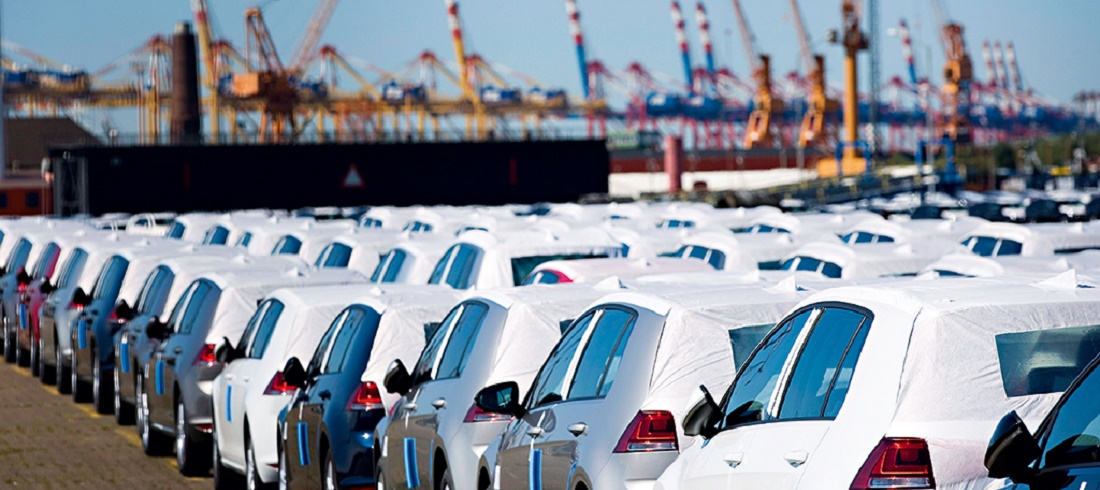
Auto market struggles as Argentina holds back import permits
Aug, 31, 2023 Posted by Gabriel MalheirosWeek 202335
Since the end of June, Argentina has not been granting permits for importing cars due to a shortage of dollars, and this measure is having a significant impact on its auto market, exacerbating the scarcity of new cars that are not produced within the country.
According to the latest data from July, accessed by Ámbito, the total stock of cars in the market was 58,763 units. This was equivalent to one and a half months’ worth of sales. Normally, the stock represents about three months of sales to keep the network supplied.
This includes all the vehicles in the country. Technically, they all had certificates available for registration. They are spread throughout the entire chain, from the factory to the dealership network and resellers.
Over the course of the weeks, part of that volume was consumed, and there was no replenishment of units due to the importer’s “cepo” (restriction). However, locally produced models continued to be added.
Although no SIRA permits have been granted since June, new vehicles that were already in port warehouses continued to be cleared. These were units that had been granted import permits previously. Nevertheless, according to official figures in the import records, 2,048 vehicles had been imported into the country in August, up until yesterday.
This is a very low volume considering that the market in recent months has been around 40,000 units. Out of this total, 35% – around 14,000 units – are imports.
To understand the impact of the “cepo,” in July, even though no more SIRA permits had been issued, 15,144 vehicles were nationalized. These were models that received import permits in June or months earlier, but due to operational reasons, their entry was delayed by a week or so.
The drop from these 15,144 units in July to 2,048 units in August is the result of the Government’s measure of no longer granting permits.
A significant portion of these vehicles nationalized in August were done under the automakers’ own dollar import mechanism. These are high-end or premium brand models that are sold in “physical” dollars.
The buyer pays with physical dollars, and these bills are used to cover imports. However, the blocked inflows are those conducted by automotive manufacturers that sell their new cars in pesos and import at the official exchange rate.
Due to the lack of reserves, the Central Bank has halted the flow of foreign currency at that rate. These models make up more than 97% of the market and primarily encompass vehicles from the small or medium segment.
Throughout August, new vehicle registrations maintained the recent trend: 68% were domestic cars, and 32% were imports. “At this rate, without imported cars, the share of domestic cars will exceed 70% in the coming days,” a source from the sector told Ámbito.
The nationalization of the auto market in Argentina has been deepening for the past four years. In 2019, the situation was nearly reversed: 70% of cars were imports, and 30% were domestic. It’s clear that the volume of domestic cars will not increase significantly, but that of imports will decline, resulting in a smaller market.
In Argentina, five car models, two SUVs, and five pickup trucks are manufactured. Additionally, there are three small utility vehicles and one light commercial vehicle.
“Not all customers want to buy these models. They are seeking other options, and I don’t have anything to offer them. The only thing I’ve been able to sell is domestic models,” explained an executive from another dealership.
-
Shipping
Dec, 26, 2024
0
CMA CGM updates reefer PSS from Chile and Peru
-
Coffee
Apr, 01, 2021
0
Coffee exporters suffer from freight rate hike caused by pandemic
-
Ports and Terminals
Aug, 15, 2021
0
Meet the winners of the auction of areas in the ports of Salvador, Fortaleza, and Santana
-
Meat
Oct, 04, 2021
0
Revenue from chicken meat exports grows by 54% in September

